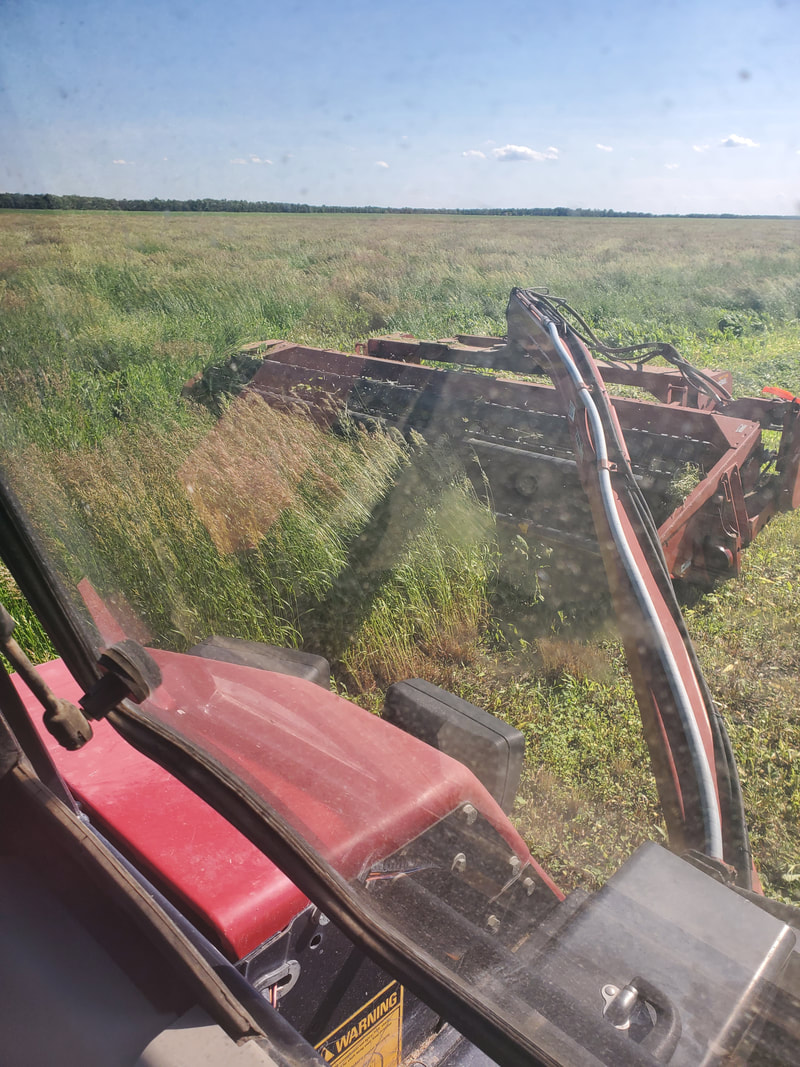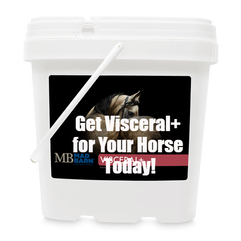|
Chronicles of a Stable Owner are real-life stories about caring for horses and their people
Written by Dr. Gwen Donohoe, Owner/Manager at Sagehill Stables I was out in the field on a warm sunny morning, helping my dad change some section knives on the haybine. Something we've done many times before, but I sill wouldn't be able to tell you what size wrench was needed... Skills and knowledge that I hope is going to stay retained in my brain somewhere until one day when I have to do it on my own. After spending 6 hours doing maintenance on the haybine and baler, including running to the dealership to buy $500+ worth of extra parts and lubricants, I started thinking about how there are lots of aspects to every business that people just don't understand how much work it actually is. The same is true for the horse business as it is the hay business. Hay is a big deal for stables, in terms of horse health and is second only to labour in terms of biggest costs of production. I would say having to buy hay has been one of the most challenging and frustrating aspects of being a stable owner. However, making hay can be equally frustrating, something I think many barn owners and managers don't understand and don't have sympathy for when making hay purchases. As someone who has been on both sides of the fence, I have some important points to ponder when making hay purchases:
0 Comments
Chronicles of a Stable Owner are real-life stories about caring for horses and their people
Written by Dr. Gwen Donohoe, Owner/Manager at Sagehill Stables It had been a busy day, but a good day. My husband was working off property, my daughter was at daycare, and I was getting things done! I was getting things done so well, I lost track of time, and was 10 minutes late picking up my daughter from daycare... After rushing to pick her up, and with my husband still not home, I suddenly realized that part of the reason I had lost track of time was because no one had showed up to do afternoon turn-in... Horse Health Tips For Students includes information for our students about common horse health care issues. These posts are to bring awareness to horse welfare issues - always ask your veterinarian for advice and treatment protocols for your own horse!
The muddy conditions this spring caused many horses hooves to become very soft. The clay soil then dried quickly, creating rough, rutted and pitted surfaces. The horses hooves did not dry out as fast as the soil, meaning the horses soft hooves were walking on the hard, uneven surfaces. This has resulted in a few abscesses showing up in our horses feet. Abscesses can seem very scary the first time you see them because a horse will suddenly become severely lame. |
AuthorGwendolyn Donohoe, PhD, is the owner/manager at Sagehill Stables. Read more here Archives
March 2024
Categories
All
|




